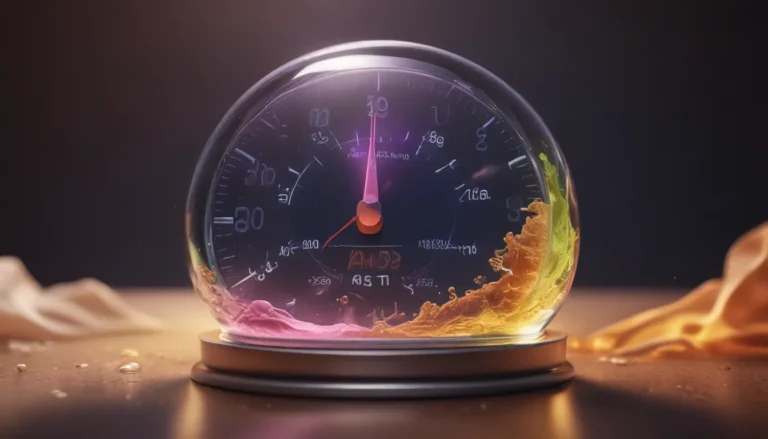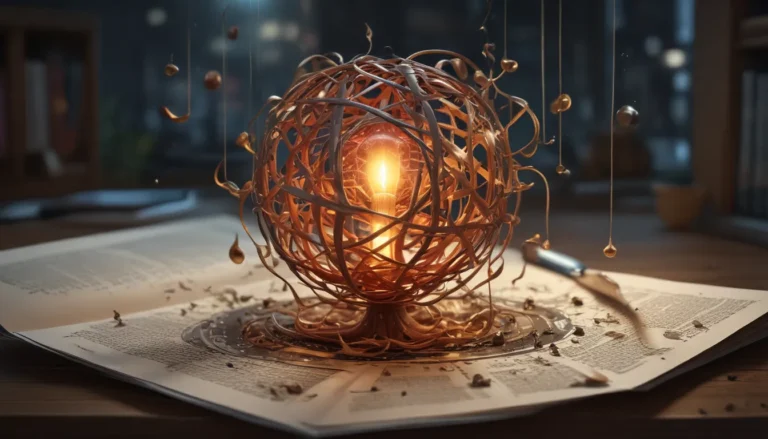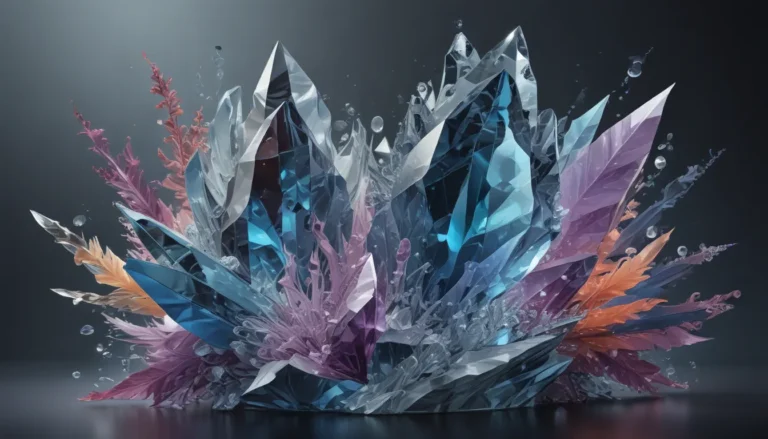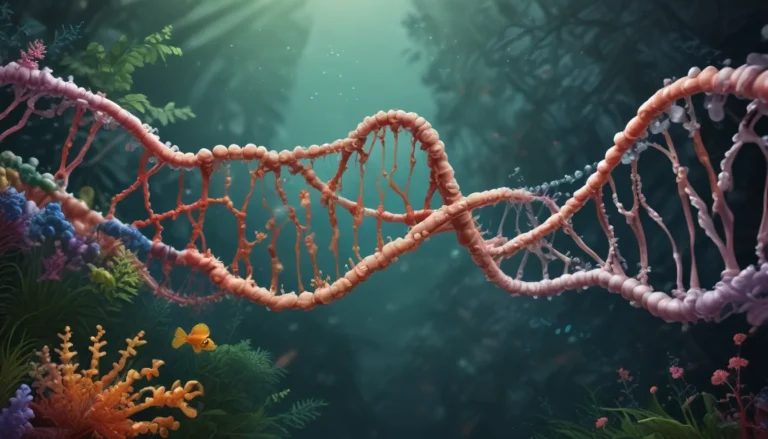A Note About Images: The images used in our articles are for illustration purposes only and may not exactly match the content. They are meant to engage readers, but the text should be relied upon for accurate information.
Are you ready to delve into the mesmerizing realm of interstitial defects? These intriguing imperfections within crystal structures hold the key to unlocking a world of possibilities in material science. Let’s embark on a journey to uncover 19 mind-blowing facts about interstitial defects, exploring their profound impact on the properties and behavior of materials.
Understanding Interstitial Defects
At the core of crystal structures lie interstitial defects, where foreign atoms or molecules occupy spaces between lattice points. These minute imperfections, although seemingly inconspicuous, wield immense power in shaping the characteristics of materials.
The Influence of Interstitial Defects
The presence of interstitial defects can significantly alter the mechanical, electrical, and optical properties of materials. Their impact ranges from enhancing material strength to influencing diffusion rates within crystal lattices.
- Interstitial defects can either strengthen or weaken materials depending on their nature and arrangement.
- They can cause lattice distortion by disrupting the regular atomic arrangement within the crystal structure.
- The size and type of interstitial atoms play a crucial role in determining the specific characteristics of the defect.
Exploring Diverse Effects
Interstitial defects manifest in various ways, affecting the thermal conductivity, phase transitions, and even the surface properties of materials. Their ability to interact with other defects within the crystal lattice further enhances their influence on material behavior.
- Interstitial defects can lead to altered surface properties, affecting adsorption and corrosion resistance.
- They can form complexes with other defects, further modifying material characteristics.
- The optical properties of materials can be influenced by changes in crystal structure due to interstitial defects.
Real-World Applications
The impact of interstitial defects extends beyond theoretical knowledge, finding practical applications in industries such as aerospace, automotive, and electronics. By harnessing the power of interstitial defect engineering, scientists and engineers can create novel materials tailored for specific purposes.
- Interstitial defects play a key role in radiation damage, affecting the properties of materials exposed to radiation.
- In semiconductor technology, interstitial doping enhances the electrical performance of electronic devices.
The Curious Case of Interstitial Defects
As we wrap up our exploration of interstitial defects, it’s clear that these tiny imperfections wield significant influence in the world of materials science. Understanding their mechanisms and effects opens the door to innovative advancements and technological breakthroughs.
In a world shaped by the intricate interplay of atoms within crystal structures, interstitial defects stand as a testament to the wonders of chemistry. Let us continue our journey of discovery, unraveling the mysteries of crystal defects and their profound impact on material properties.
FAQs
- What are interstitial defects?
-
Interstitial defects are imperfections where foreign atoms occupy spaces between regular lattice points in crystal structures.
-
How do interstitial defects influence material properties?
-
Interstitial defects can impact material properties such as strength, conductivity, and optical characteristics.
-
Can interstitial defects be controlled for specific applications?
-
Yes, by engineering interstitial defects, their effects can be tailored for specific uses in various industries.
-
Are interstitial defects reversible?
-
In some cases, interstitial defects can be partially or completely annealed during heat treatment, affecting their presence in materials.
-
How do interstitial defects affect the color of materials?
- Changes in the crystal structure due to interstitial defects can alter the absorption and reflection of light, leading to variations in color.
Embark on a Journey of Discovery
As we conclude our exploration of interstitial defects, remember to embrace the world of material science with curiosity and enthusiasm. The secrets held within crystal structures are waiting to be uncovered, offering endless opportunities for learning and innovation.
Embark on a journey of discovery, and let the fascinating realm of interstitial defects be your guide to a world where atoms dance in harmony to shape the materials that surround us. Explore, learn, and be inspired by the wonders of chemistry as you uncover the hidden treasures of crystallography and defect engineering.






